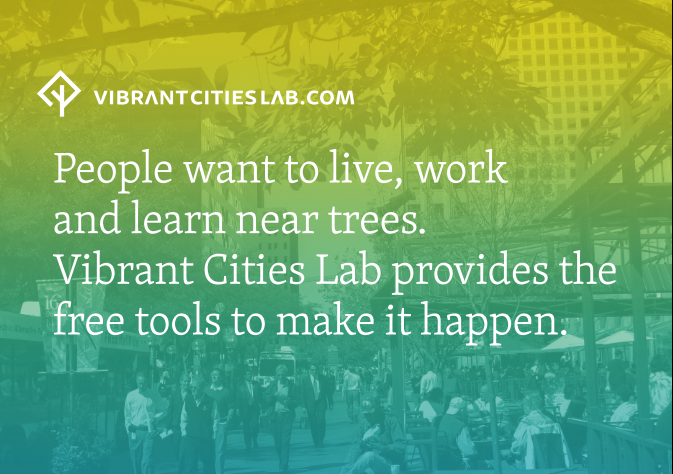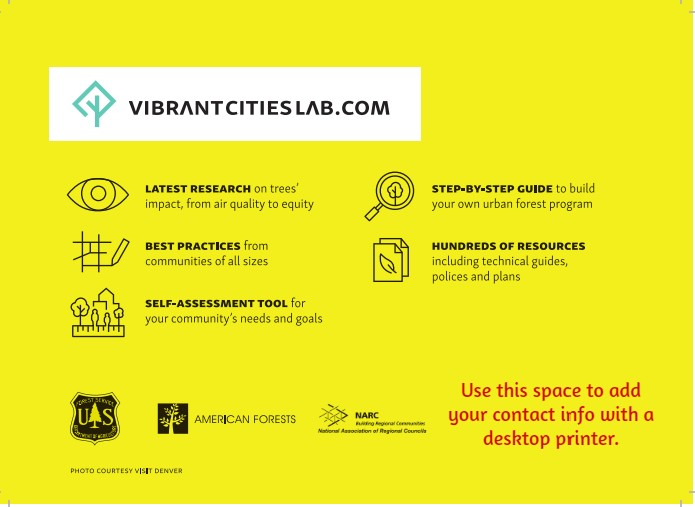Introvert or extrovert: doesn’t matter.
A few people are born to sell. Most aren’t. But you [and your organization] can develop the skills and traits you’ll need. Some you already have: passion for your mission, and enthusiasm for achieving it. You wouldn’t be in urban forestry if you didn’t.
How to make a “sale”
To begin with, “sales” aren’t made. It works the other way around – people buy what they want or believe in.

Few funders will just passively sit and hear a pitch and then write the check. Successful fundraisers listen far more than they talk; they want to hear what potential grantmakers have to say about the problem you’re trying to solve, or the change you’re trying to promote.
See The Pitch for tips on how to approach potential donors.
Have the proper tools
Given that you’ll be reaching out to many different people, often more than once, you’ll need a good record-keeping system. Otherwise, you’ll never remember who said what to whom — or more important, who gave how much to you.
Organizations with available funds may be able to afford a system like this for about $500 a year. Watch it even if you don’t have the cash. You’ll get a good sense of what kind of information professional fundraisers like to track.
Most professional fundraisers believe this kind of system or one with the same or similar features can collect and stores the data you’ll need to succeed.
Strapped for cash?
If your organization is just getting started, you can design your own system without much difficulty. All it takes is a passing familiarity with your favorite spreadsheet program. Make sure you follow the header protocols, and you’ll be able to easily sort your database. Use these headers, or add your own.
- Donor number
- Salutation [Mr. Ms. Dr.]
- First Name [No middle initial]
- Last Name
- Salutation [e.g. Dear John or Dear Ms. Trottnow]
- Solicitation [what prompted their contribution or grant — direct mail, direct contact, online appeal, special event, etc.]
- Solicitation Date
- Solicitor [name of individual who solicited the gift, online contribution, membership, etc.]
- Amount Donated
- Donation Date
- Notes [any additional information that distinguishes the donor [e.g. potential Board member; candidate for legacy program]
- Next Action [identify who’s responsible for any followup]
- Next Action Done [date by which action is completed, after which person responsible makes a separate entry in the database
It’s important in this simplified record-keeping to make a new entry after each contact whether a donation was received or not. Do not overwrite earlier entries; you’ll lose your history of this donor’s giving.
Leave behind
While it may get lost in the pile, a vivid, crisply-written postcard-sized promo piece can serve multiple purposes: as a leave-behind at meetings, as a handout at events and meetings, as a reminder of why you’ve started a conversation about the project.
Front

Back

Tip: Fast-turnaround internet printing is great, and cheap. If you specify un-coated paper [not shiny], you can write comments or other details [like references] directly on the card.

